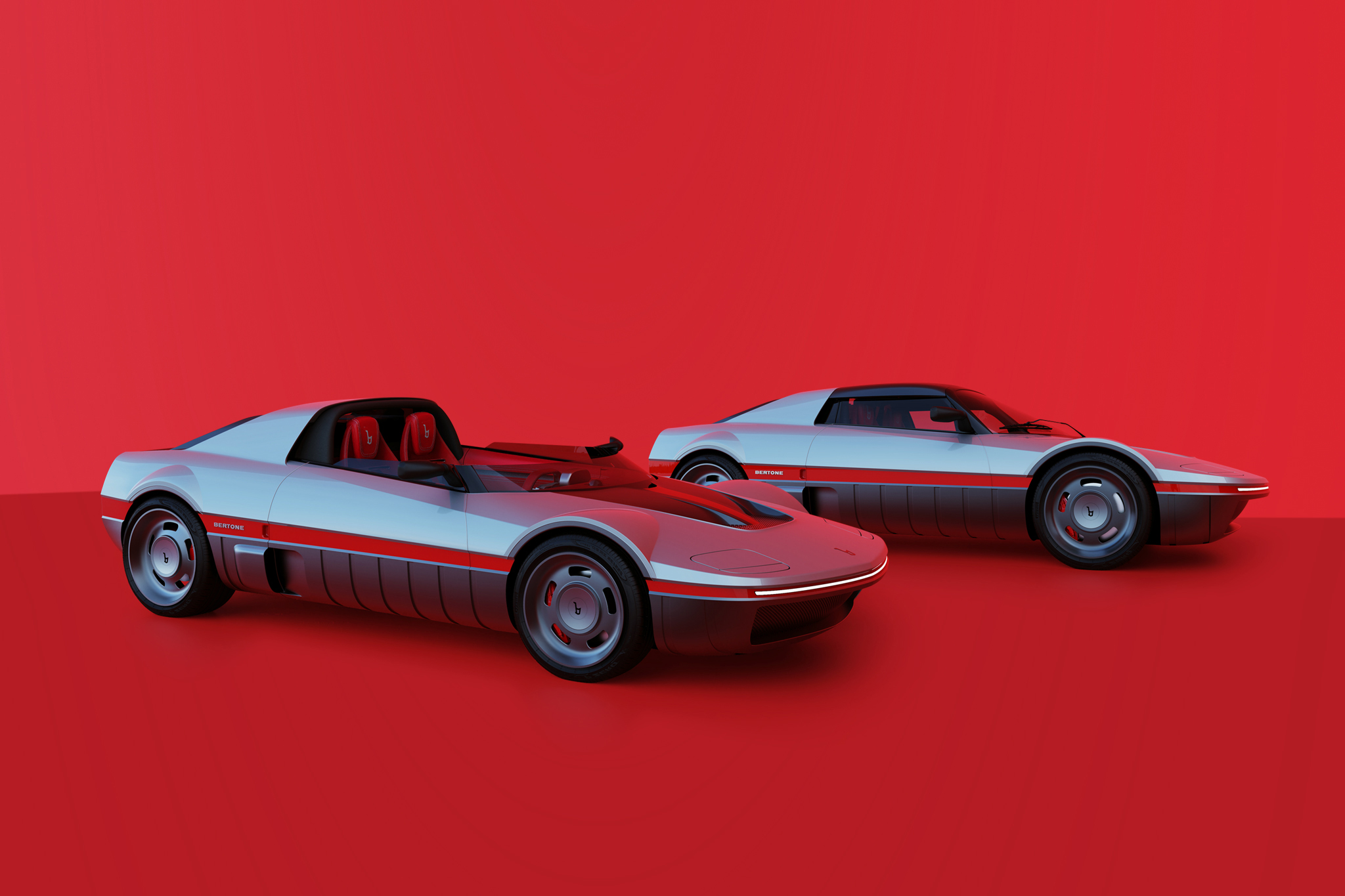Porsche 356 Ferdinand
A visit to the Porsche Museum in Stuttgart Zuffenhausen is not only worthwhile for fans of the sports car brand. We deliberately recommend this trip to all car fans, but we would also like to point out that it will have to wait until after the Corona pandemic. In addition to insights into the motorsport activities over the decades, you will also get a good overview of the development of the automobile, in which Ferdinand Porsche was involved from an early stage. Of course, the main focus is on the brand history of Porsche, but even this offers exciting insights and anecdotes that some viewers probably wouldn’t expect to find at a quick glance. As always, it is therefore worth taking a closer look or, as we highly recommend, a guided tour with a connoisseur of the subject matter.
One of these museum exhibits that might only catch the eye of a few visitors is a black Porsche 356 that is mostly parked right in the first area of the tour and that looks rather inconspicuous due to its black paintwork. After all, there are more colorful racing cars around it and also the odd splash of paint from the early history of the sports car brand. So why put this grey mouse in the spotlight? Because it is worth it. As is well known, Ferdinand Porsche’s design and construction office relocated all activities to Gmünd in Austria during World War 2. It was there that the first mid-engined sports car 356/1 was built just after the war, as well as the first 56 production vehicles of the 356 (44 Coupés and 8 Convertibles). In 1950, the company moved back to Stuttgart/Germany and there into a hall next to coachbuilder Reutter in Zuffenhausen. While Reutter produced the bodyshells, Porsche employees completed the cars, most of which still consisted of Volkswagen parts. The first finished car was ready for delivery on Maundy Thursday in 1950.


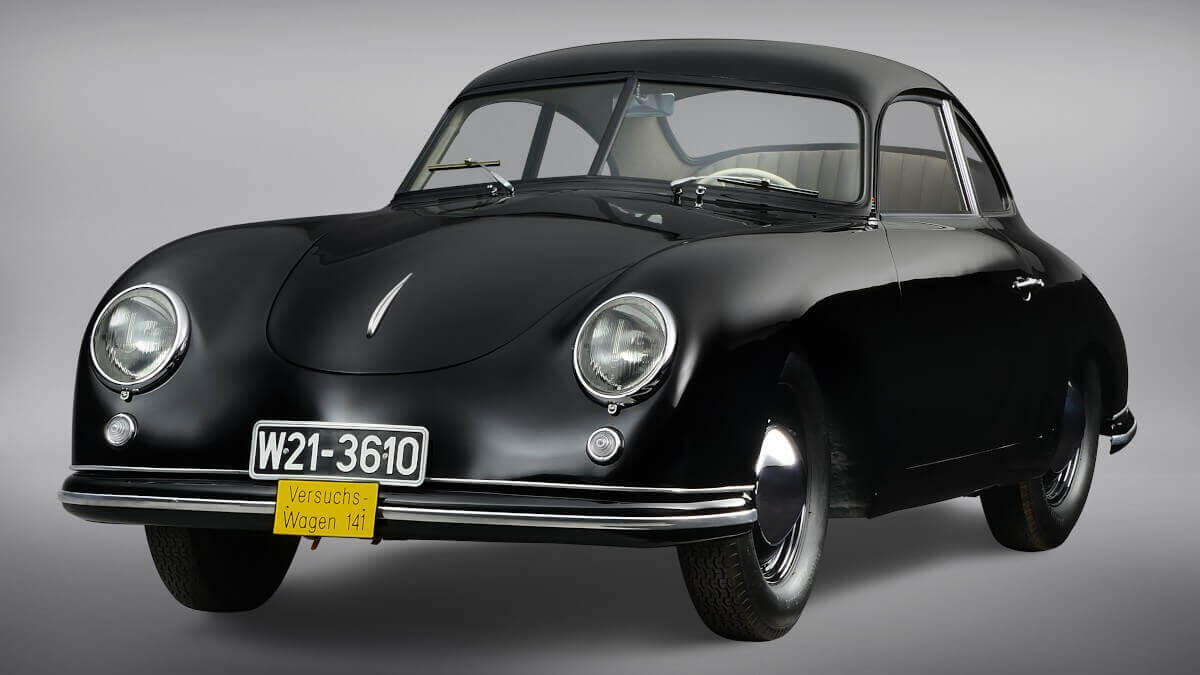



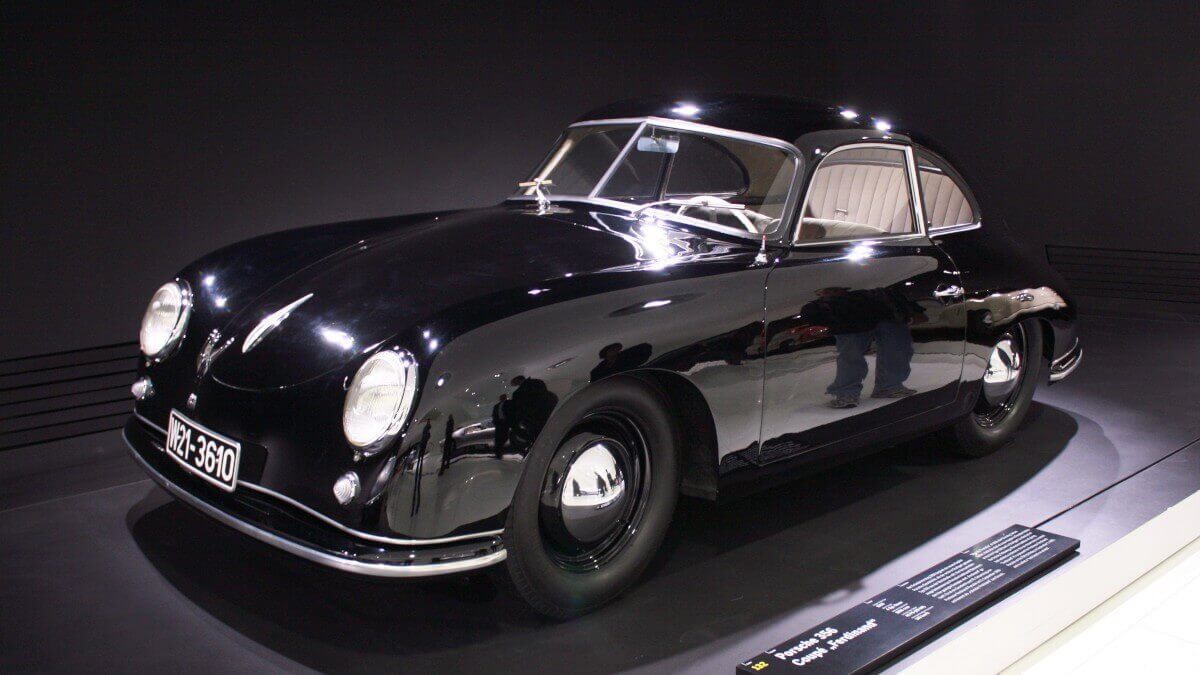

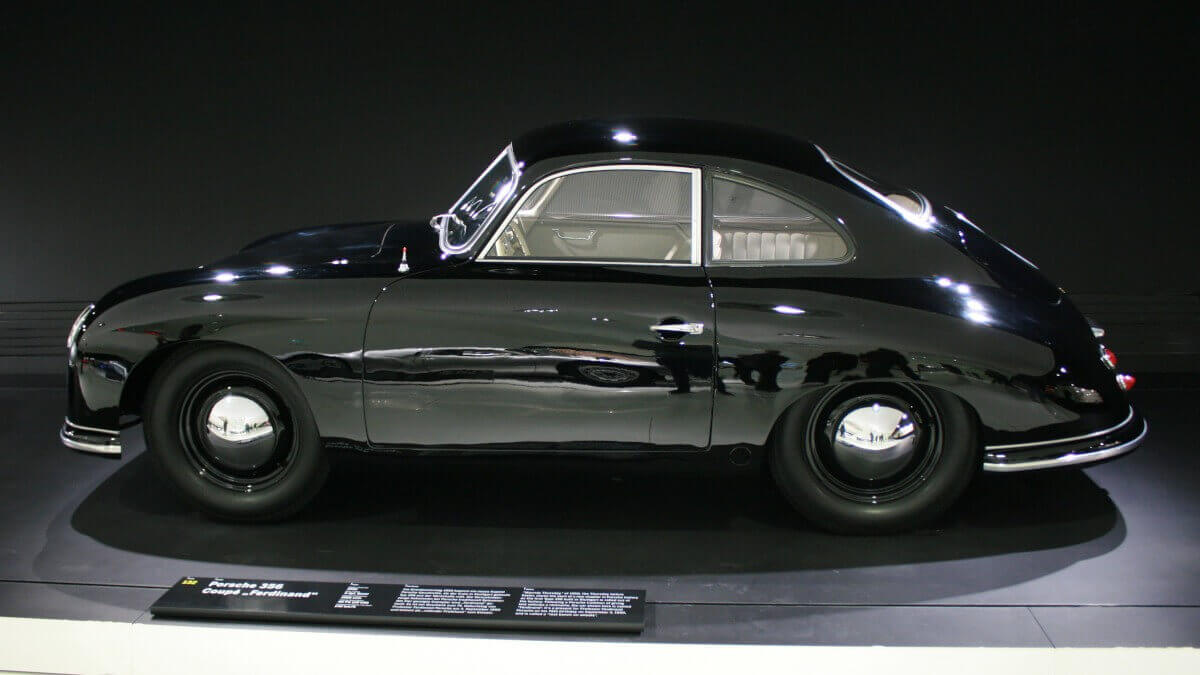

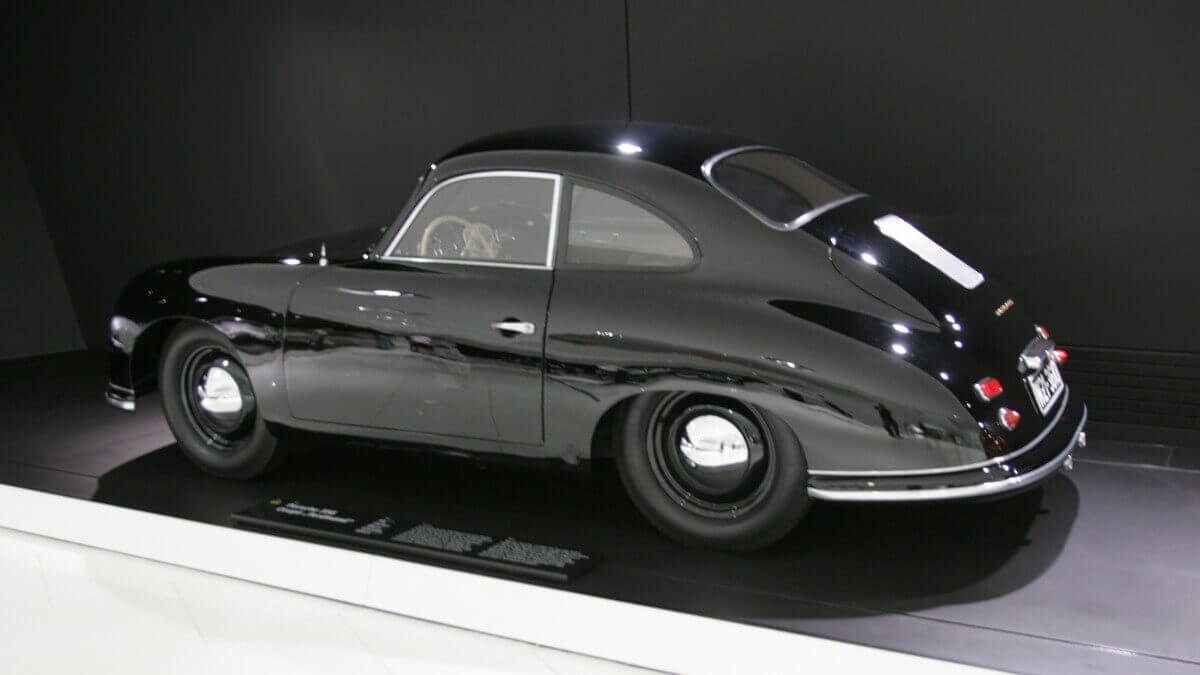

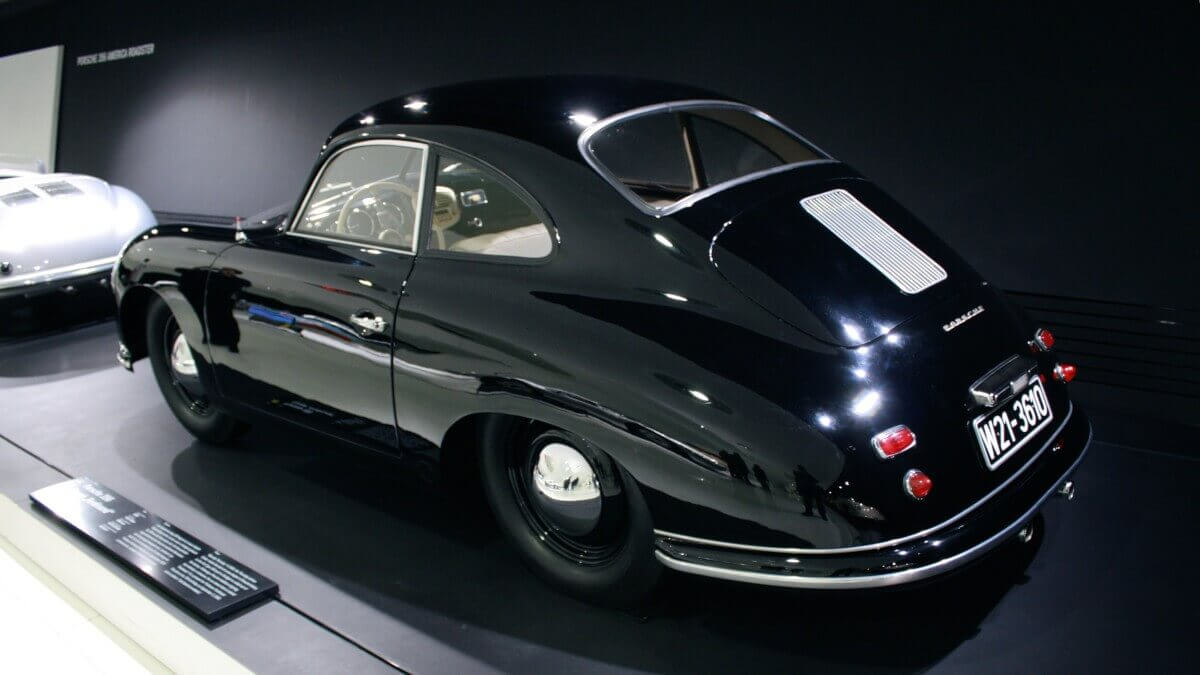

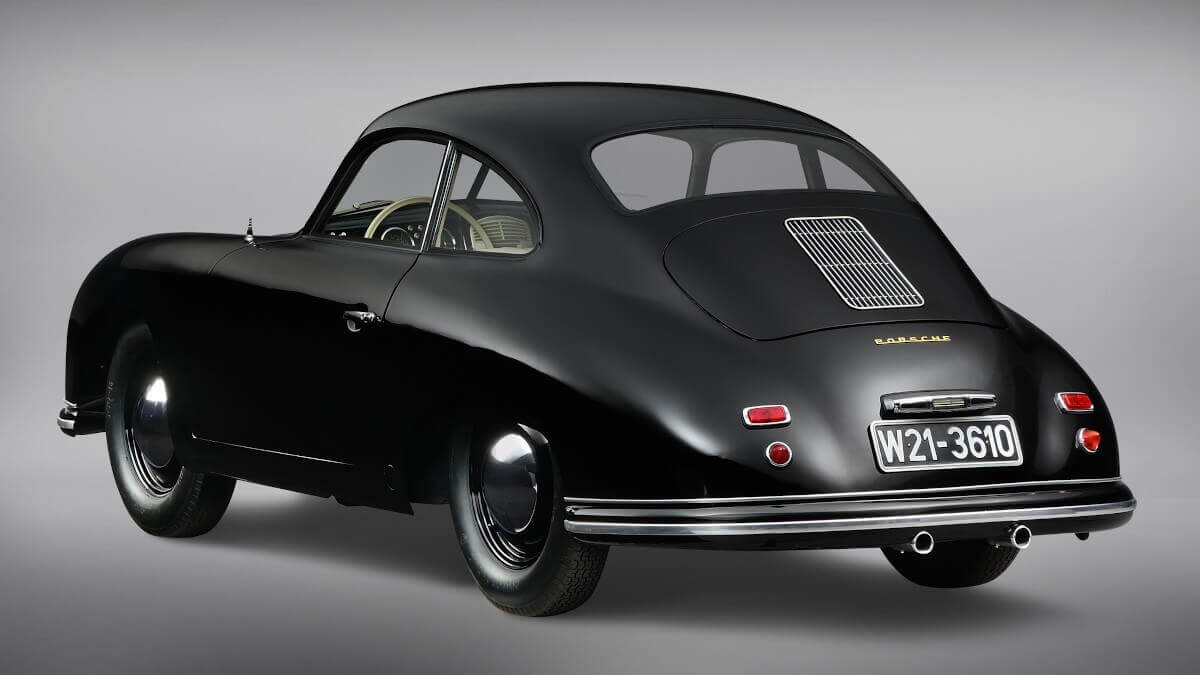

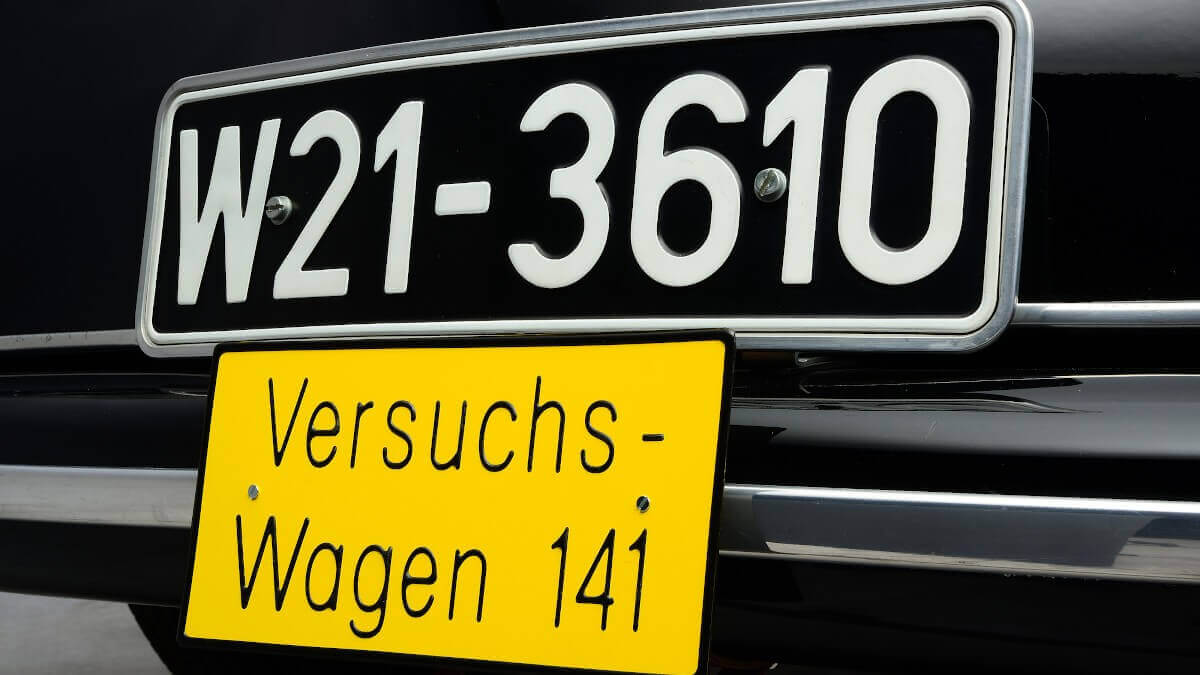

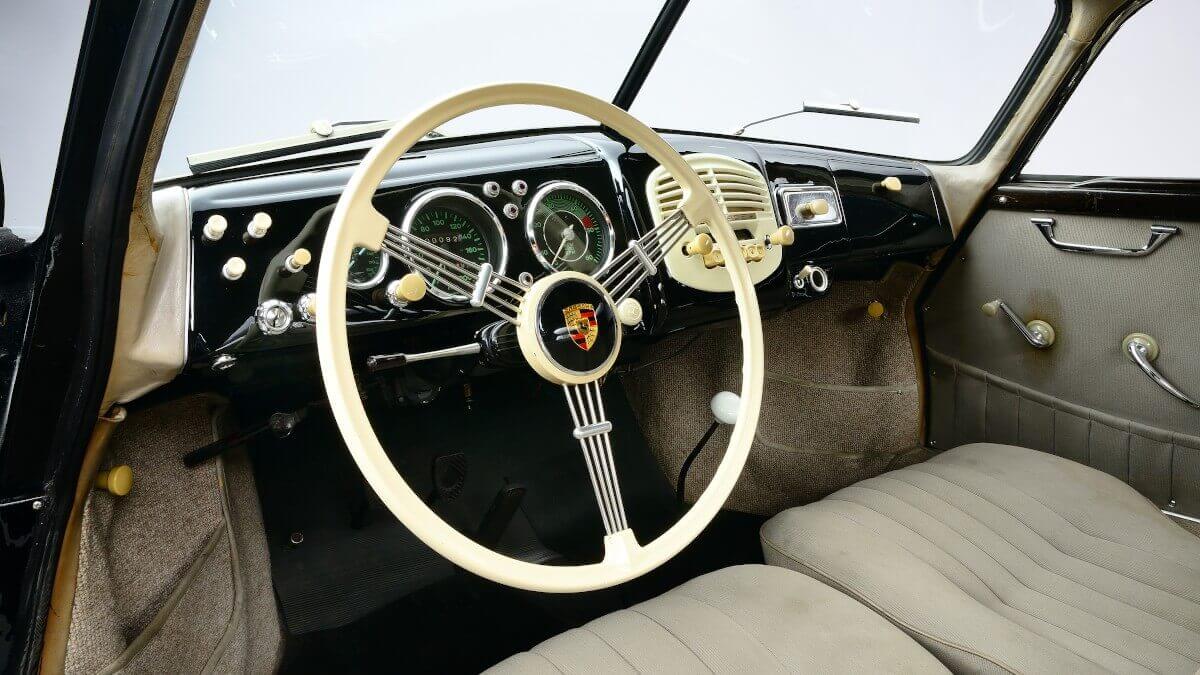

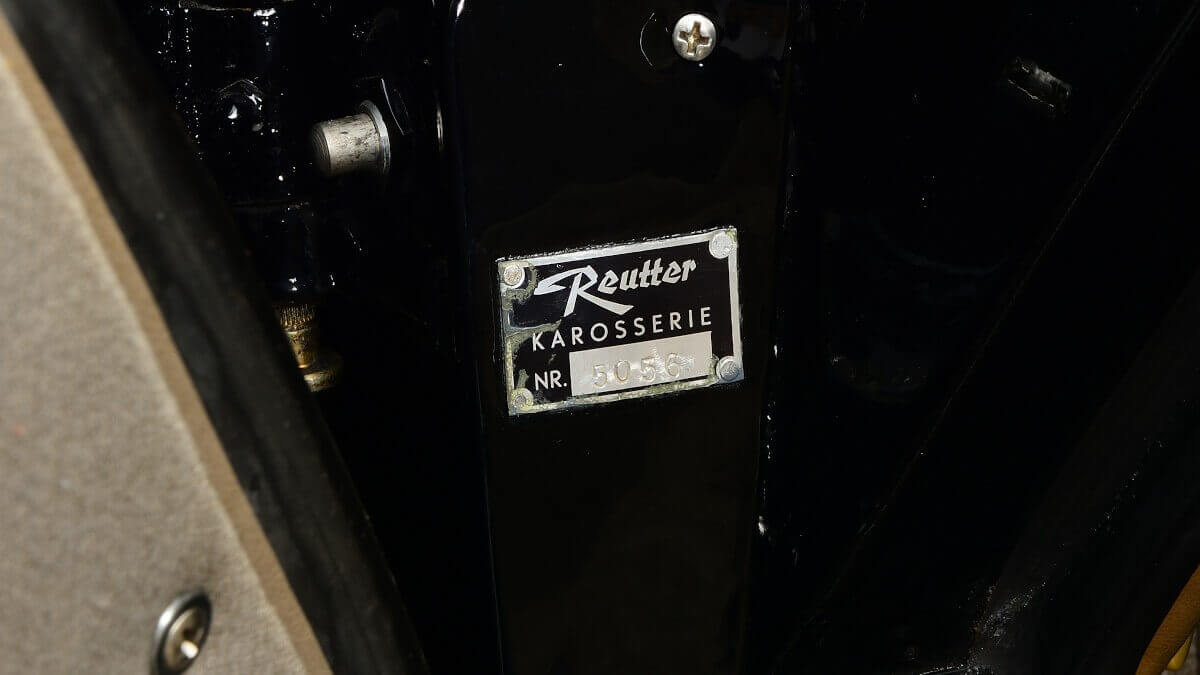

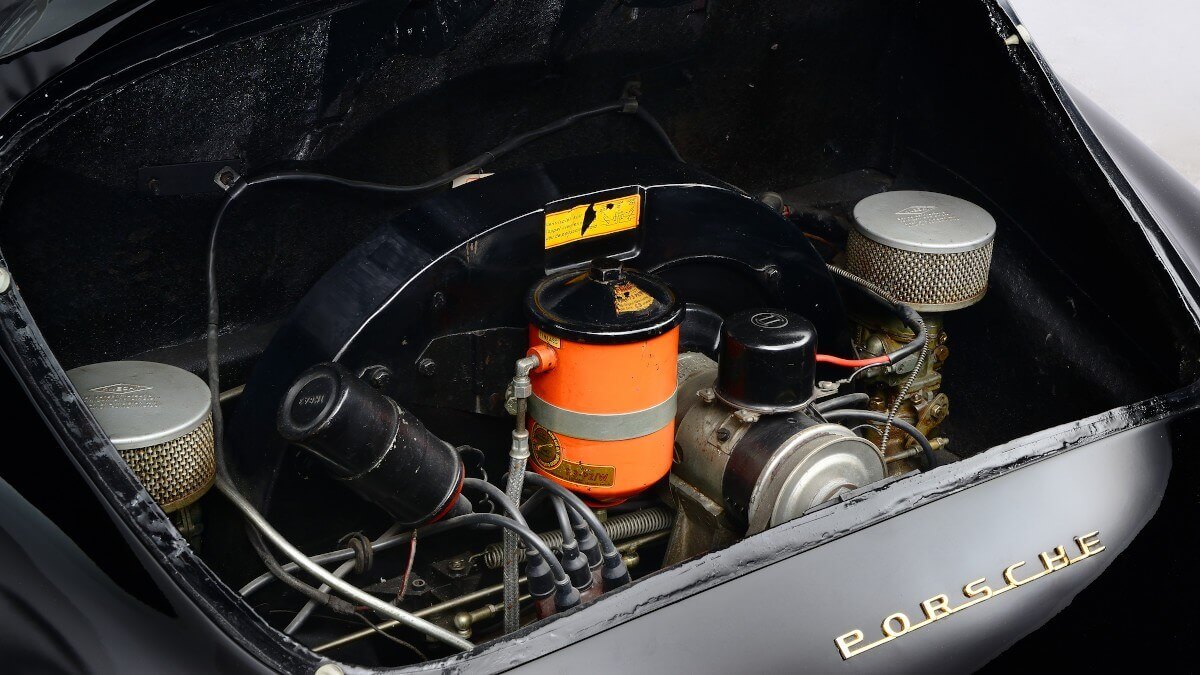

Of course, the company needed own test vehicles for the trials – today you would use pre-series cars or so-called mules. At that time, these tests were carried out in parallel with ongoing production to improve building quality. The test vehicle fleet was also used to test further developments in engines and transmissions. On September 3, 1950, Ferdinand Porsche received this black vehicle for his 75th birthday. Interestingly enough, test and experimental vehicles at Porsche are traditionally given names. For number 141 the appropriate name ‘Ferdinand’ was chosen, which has remained to this day.
In the course of time this car was used by the development department for testing various components. This resulted in a total of more than 400,000 kilometers in the logbooks. If the car could speak, it would probably tell about interesting trips on mountain roads, long tours on motorways and road tests on other routes. The list of anecdotes would probably be endless. Today there is a 1.1-liter four-cylinder boxer engine in the rear, which produces an unspectacular 29 kW/40 hp. However, if you consider that this sports car was already capable of reaching a topspeed of 140 kph (86.9 mph) back in 1950, you can certainly recognise how special it was. At that time many people in Europe were happy when they owned a bicycle or a scooter.
Images: Porsche Museum, Matthias Kierse



